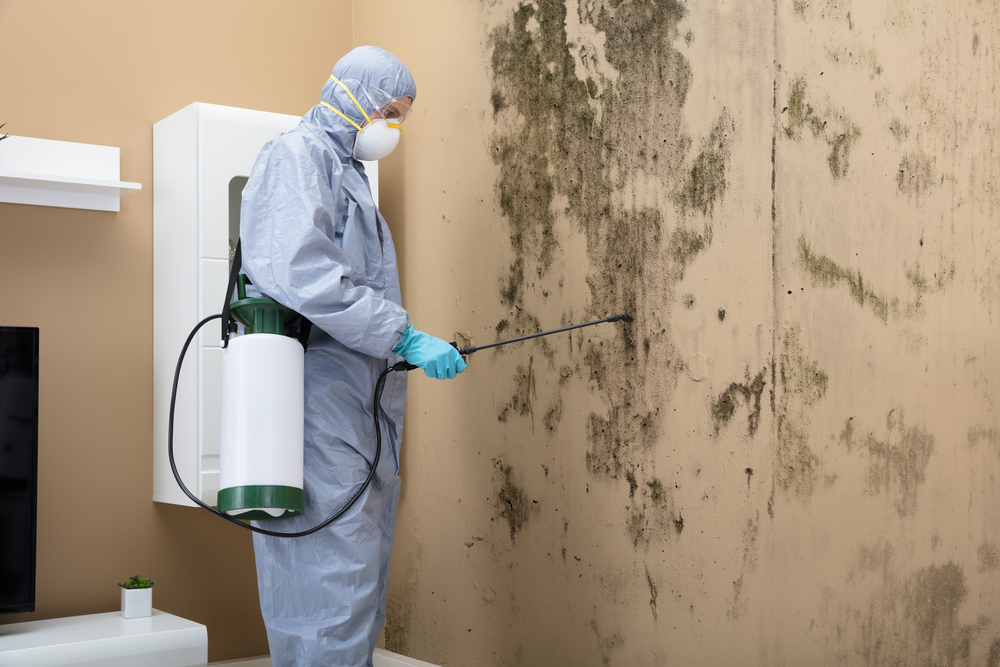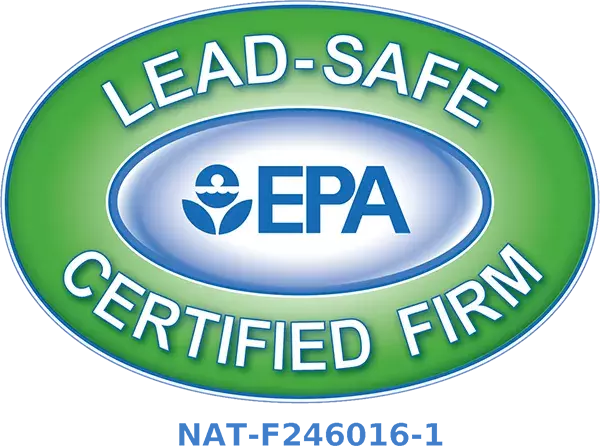Nobody wants to have a mold damage problem on their hands. But this environmental contaminant is common–approximately 70% of all homes have some degree of mold growth. And sometimes, catastrophic events like floods lead to significant mold growth. Modest mold cleanups can be done on your own, while major mold remediation is best left to the professionals.
When water damage leaves you with an unwelcome house guest, here is the step-by-step guide to mold removal so that you can reclaim your home.
What to Do About Mold Damage
When is mold remediation required? Since mold can cause a number of health problems ranging from chronic allergic rhinitis to death, any time that you find mold in your home, you need to take steps to remove it and fix the problem. Here is what to do:
1. Protect Yourself
First and foremost, choose an appropriate level of protection for yourself. Direct mold spore exposure can make you sick and exacerbate a number of existing health conditions. If you’re dealing with a significant mold problem, consider wearing full protective coveralls, gloves, and an N95 face mask.
2. Assess the Situation
It’s impossible to know where to begin unless you know what you’re dealing with. This involves determining what is affected and to what extent. In other words, will a spray bottle of bleach and a pair of gloves do the trick, or should your family consider temporarily vacating the premises?
3. Isolate the Problem
The last thing that you want is for your mold problem to invade other areas of your home. Create a barrier using plastic sheeting. Thoroughly check the affected area, including inside walls, for evidence of mold growth.
4. Add Moisture
Yes, you read that right. Mold spores tend to travel easily through the air, like dust. Using additional moisture to wet the area before you begin cleanup can help keep mold spores where they are. In the home, consider a cool-mist humidifier during mold cleanup to keep everything moist.
5. Remove Contaminated Debris
Take any affected carpets, wallpaper, ceiling tiles, or similar materials out of the house and dispose of them. Keep in mind that there are several Environmental Protection Agency (EPA) guidelines dictating disposal procedures of contaminated debris. These items typically need to be packaged, sealed, and sprayed to minimize the spread of mold spores.
6. Clean the Area Well
There are many different types of mold, and individual spores are not visible to the human eye, so it’s not enough to assume that removing contaminated items effectively took care of the mold problem. You will also need to clean the hard surfaces in the affected area with a bleach solution and thoroughly dry the area to remove all mold spores.
7. Repair Mold Damage
Address the moisture problem with drains, vapor barriers, plumbing work, dehumidification, and other waterproofing measures. Then, go to work replacing the drywall, carpet, wallpaper, or other building materials that were removed.
When to Call a Mold Removal Company
Mold can cause many different health problems, some chronic and some severe. If you observe the presence of significant mold growth, black mold, or identify toxic mold in your home, it’s time to call for help. Don’t second guess yourself when it comes to the health of your family. Call the mold remediation professionals at J&R Restoration to restore your home the right way after mold damage. From identifying the extent of the mold damage to effectively removing the mold and repairing the damage, we have decades of experience handling the many different types of molds found in homes.


